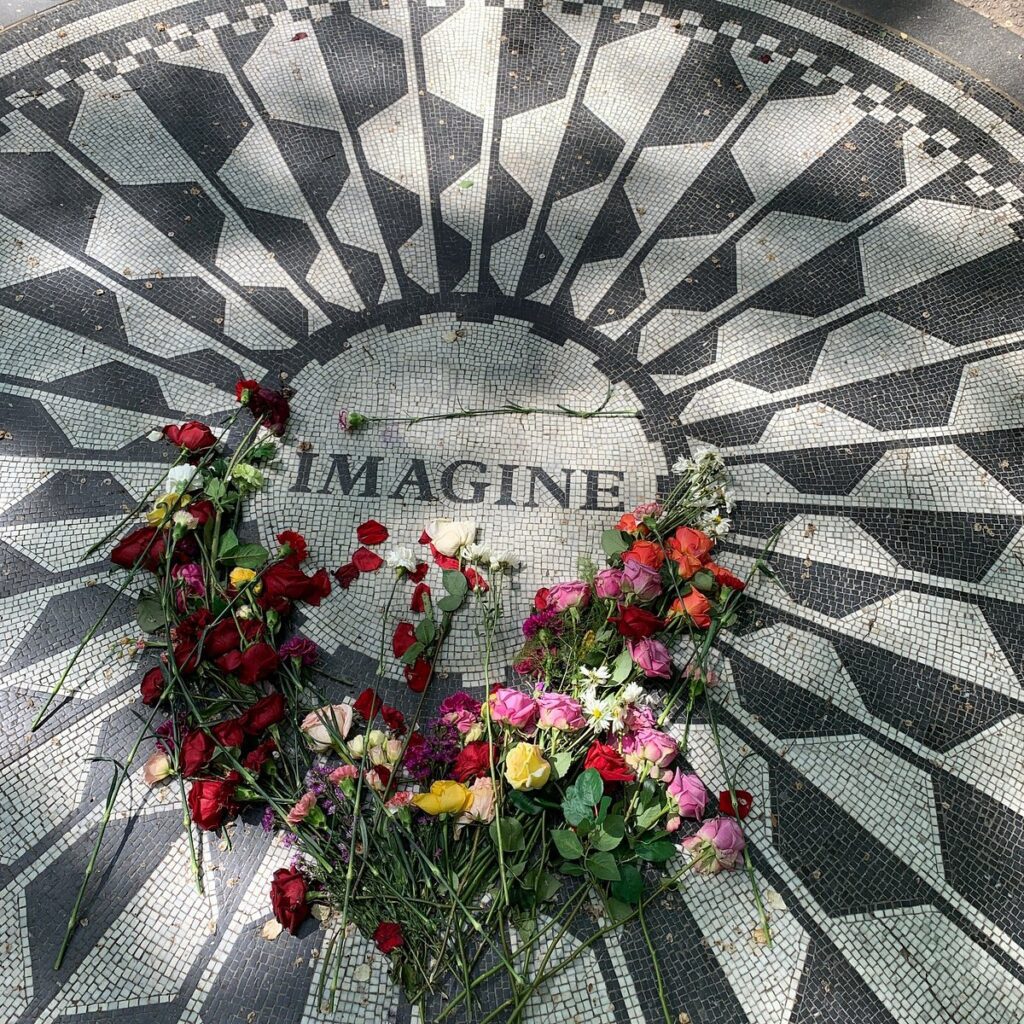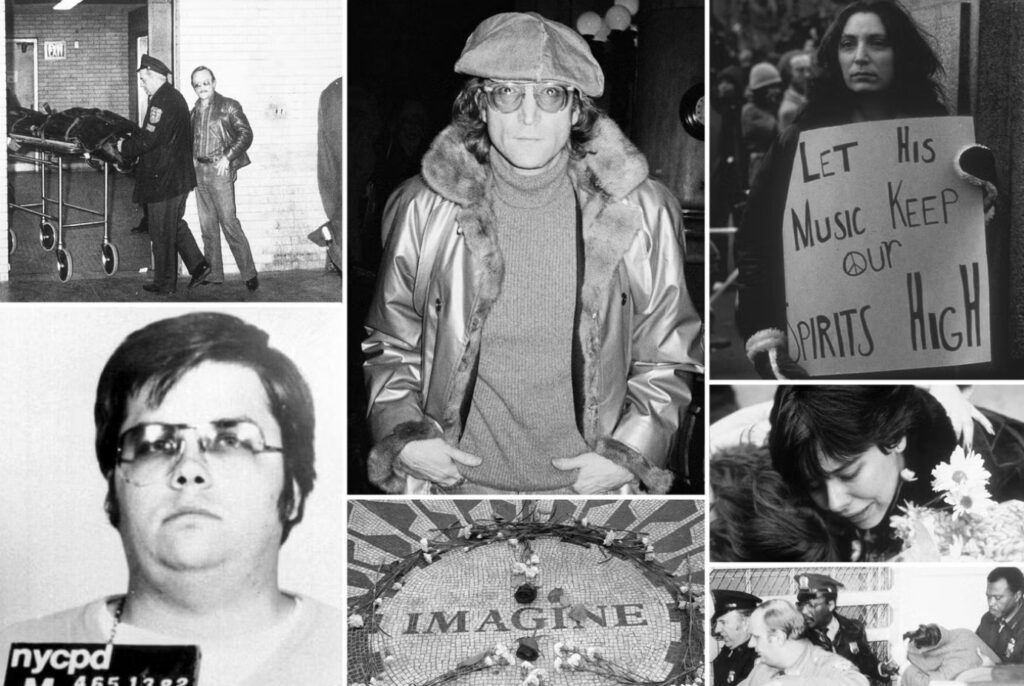
John Lennon’s death on December 8, 1980, was a tragedy that shook the world. The former Beatle, known for his music and activism, was gunned down outside his New York City home. Fans expected a grand memorial, a place where they could visit to pay their respects. But Lennon had other plans.
Unlike many other legendary musicians, Lennon has no official grave, no headstone, and no formal resting place. This was not an accident. It was a choice—one that reflected his personal beliefs, his distaste for idolization, and his deep connection with Yoko Ono.
So why did John Lennon choose to leave no grave? The answer lies in his philosophy on life, death, and legacy.
The Tragic Night at The Dakota
On the evening of December 8, 1980, John Lennon and Yoko Ono returned to The Dakota, their New York City residence, after a recording session. As they walked toward the building’s entrance, a man who had been waiting outside all day, Mark David Chapman, shot Lennon five times.
Lennon was rushed to Roosevelt Hospital, but it was too late. He was pronounced dead at 11:15 p.m. The world mourned instantly. Fans gathered outside The Dakota in shock, holding candles, singing his songs, and crying over the loss of a legend.
Yoko Ono’s Decision: No Funeral, No Grave
Following Lennon’s death, Yoko Ono made a decision that surprised many: there would be no public funeral and no traditional burial. Instead, she chose a private moment of mourning, asking fans to respect her family’s grief.
Ono later revealed that Lennon had no desire for a grave or a headstone. He didn’t want a physical place where people would worship him. He had spent his entire life fighting against the idea of false idols and celebrity worship. Even in death, he refused to become a monument.
Instead, Yoko Ono had Lennon’s body cremated, and the ashes were kept private. No official burial site was ever announced.
Strawberry Fields: A Living Memorial
Although Lennon has no grave, he does have a place where fans can remember him. In 1985, Yoko Ono worked with the city of New York to create the Strawberry Fields memorial in Central Park, just across from The Dakota.
Strawberry Fields is not a burial site, but rather a quiet space for reflection. At its center is the famous “Imagine” mosaic, a tribute to one of Lennon’s most beloved songs.
Every year on December 8, fans gather here to celebrate his life with music, flowers, and messages of peace. It is a living memorial—one that aligns with Lennon’s vision far more than a cold stone marker ever could.
The Philosophy Behind No Grave
Lennon often spoke about life and death in his interviews and lyrics. He did not fear death, nor did he believe in traditional ideas of an afterlife. He saw life as a continuous cycle, where energy never truly disappears.
In his song God, Lennon declared, “I don’t believe in Elvis. I don’t believe in Zimmerman. I don’t believe in Beatles. I just believe in me.” He rejected the idea of worshipping celebrities, including himself.
His decision to have no grave was consistent with this belief. He didn’t want people kneeling at a gravestone, treating him as something greater than he was. He wanted his music and message to live on—not his name carved into stone.
Lennon’s Legacy Without a Headstone
Some fans struggle with the fact that they have no physical place to visit Lennon. But in many ways, his legacy is stronger without a grave. His spirit is in his music, his words, and the lives he touched.
Unlike a traditional resting place, Lennon’s influence has no borders. You don’t have to visit a cemetery to feel his presence—you can hear it in Imagine, Give Peace a Chance, and Across the Universe.

Celebrate Lennon’s Legacy
Let’s celebrate Lennon’s spirit, not as a monument but as an ongoing movement. Our collection of John Lennon-inspired t-shirts honours his music, activism, and timeless message of peace and love.
Explore our designs and find a piece that connects you to Lennon’s enduring legacy.
Conclusion
John Lennon’s choice to have no grave was not an oversight—it was a statement. It was a final act of defiance against the celebrity culture he had spent years rejecting.
Instead of a headstone, we have his music. Instead of a grave, we have his message. And as long as people continue to listen, sing, and believe in a better world, John Lennon will never truly be gone.
For more about Lennon’s life and legacy, check out these high-authority sources:

